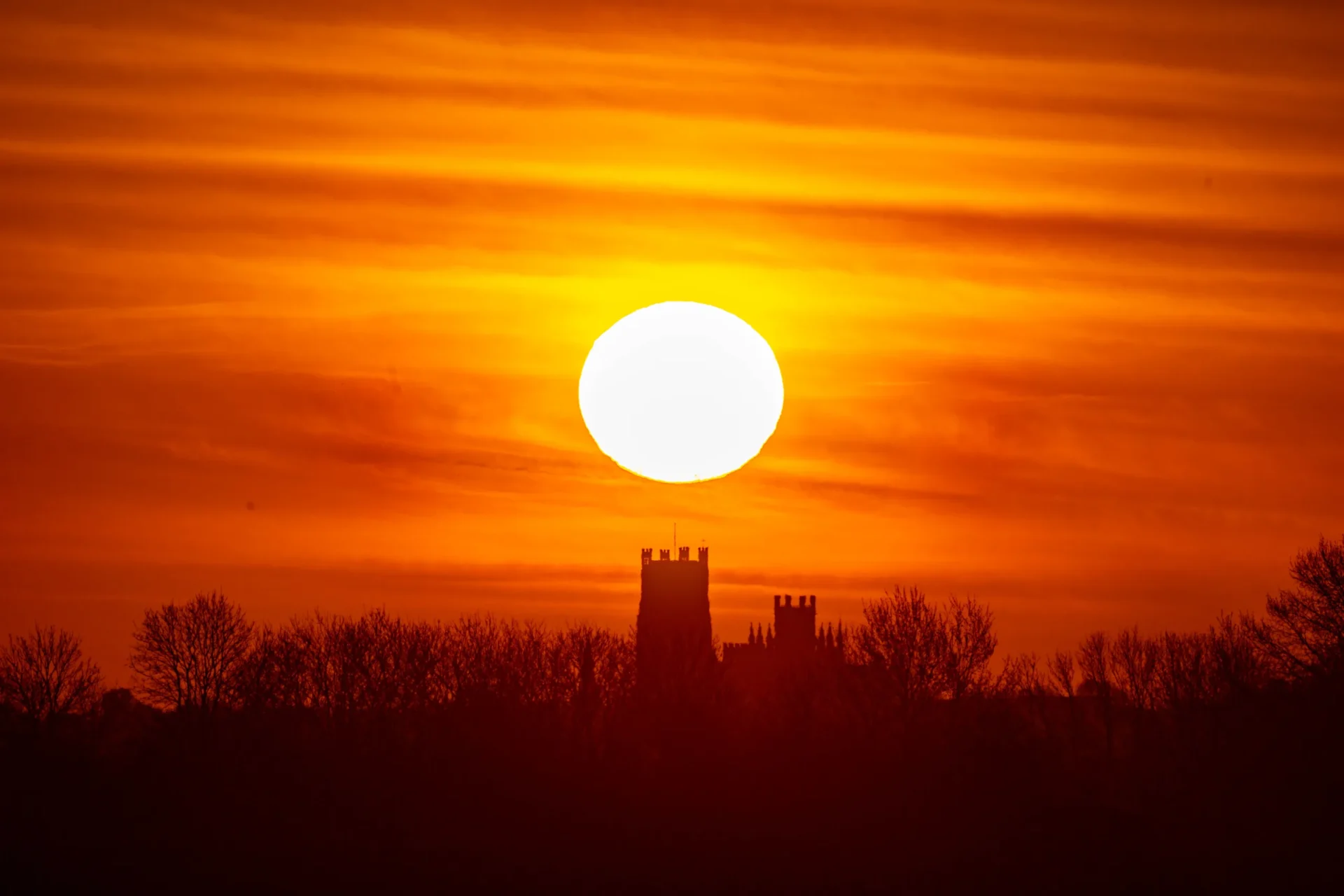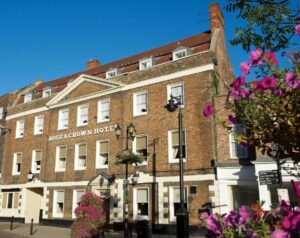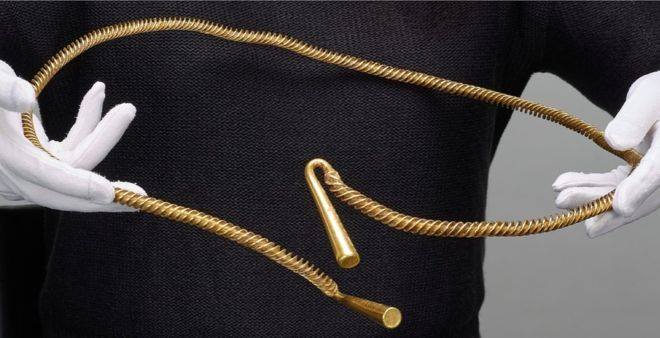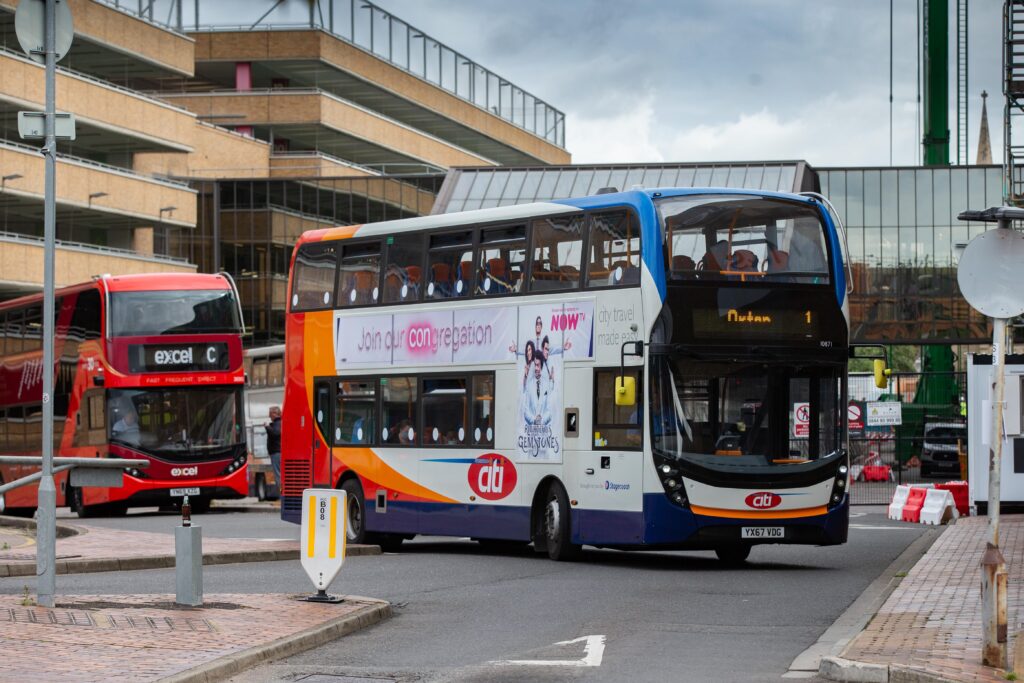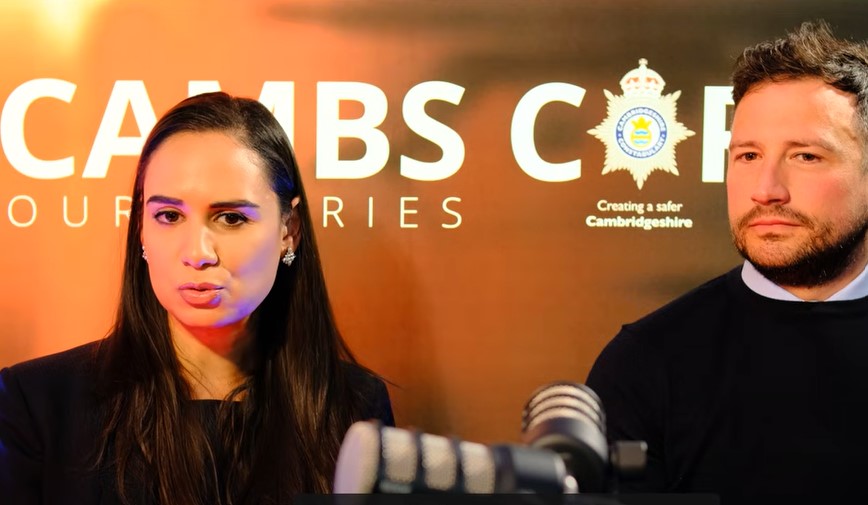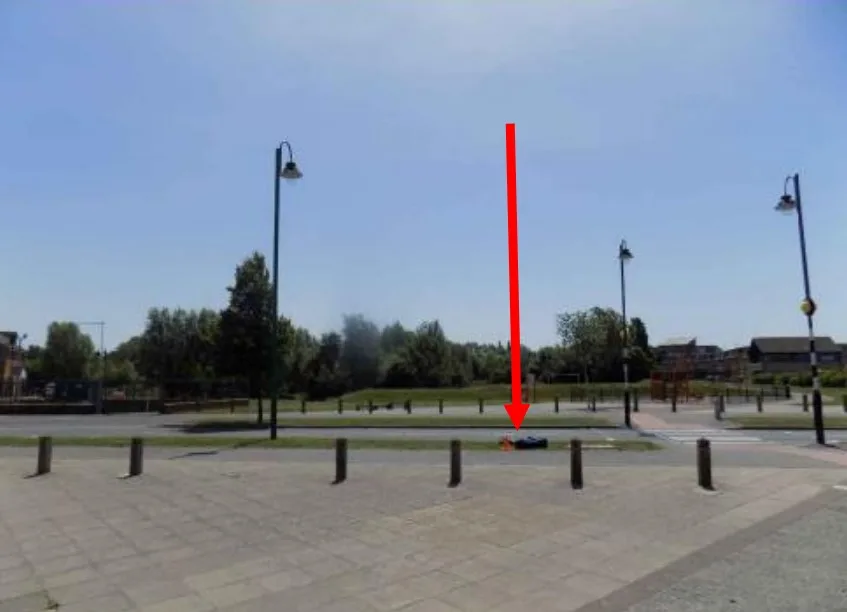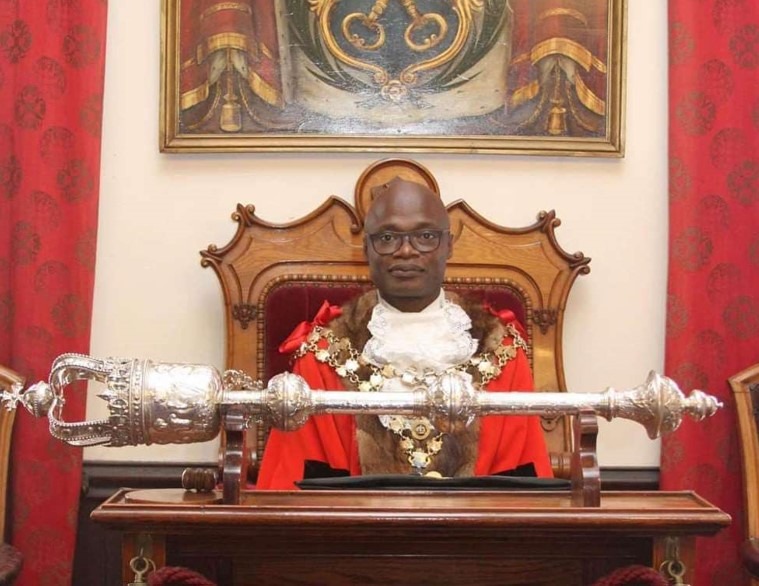Cambridgeshire will have eight instead of seven Parliamentary constituencies at the next General Election.
Final recommendations of the Boundaries Commission are for constituencies of: Cambridge; Ely and East Cambridgeshire; Huntingdon; North East Cambridgeshire; North West Cambridgeshire; Peterborough; St Neots and Mid Cambridgeshire; and South Cambridgeshire.
“We note that our proposed constituencies of East Cambridgeshire, Huntingdon, and North East Cambridgeshire were all generally supported during the revised proposal consultation,” the commission says.
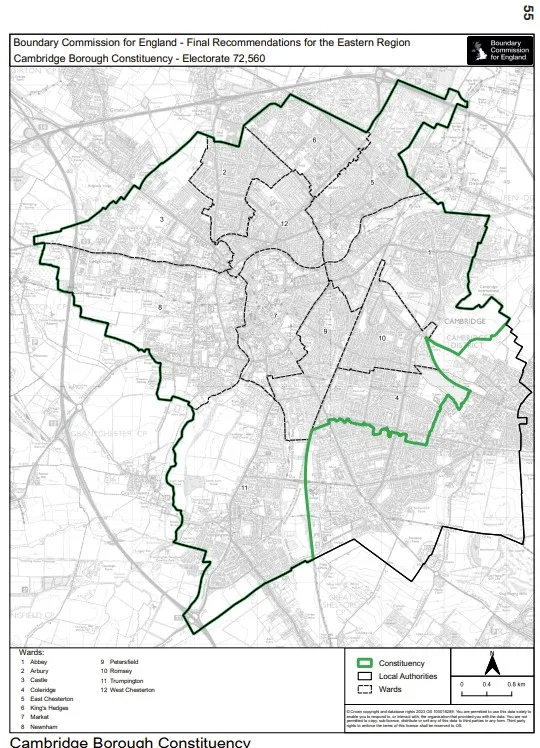
“However, we are minded to change the name of our proposed East Cambridgeshire constituency to Ely and East Cambridgeshire. We consider this name would better reflect the area encompassed by the constituency.”
The commission says they “again note” the competing evidence received in relation to the proposed North West Cambridgeshire and Peterborough constituencies.
“We investigated the proposal that sought to transfer the Fletton & Woodston ward to the Peterborough constituency, and the Eye, Thorney & Newborough ward to the North West Cambridgeshire constituency,” it says.
“We are not persuaded by the evidence received to adopt this proposal.
“We are particularly concerned that it would result in the North West Cambridgeshire being geographically odd in shape, given it would wrap around the northern part of Peterborough.
“We again considered the representations in relation to the division of the Giddings villages by the southern boundary of the North West Cambridgeshire constituency.
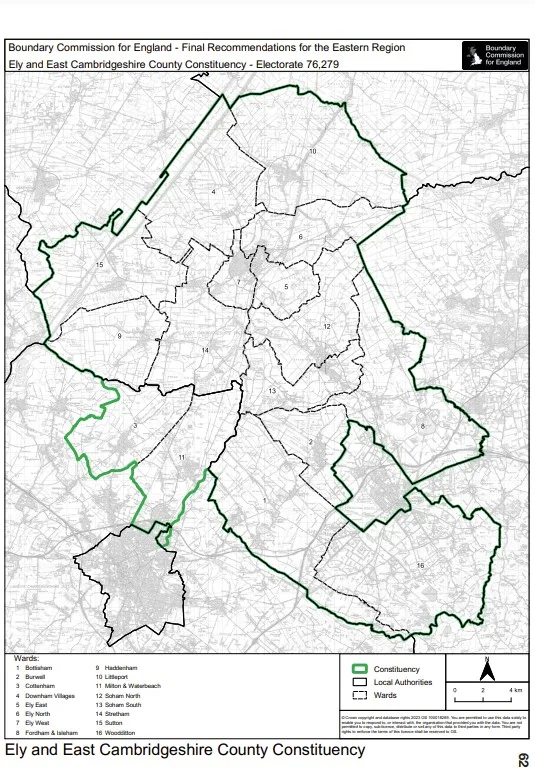
“We acknowledge the concerns of many of those who live in the villages of ‘The Giddings’ – namely Great Gidding; Little Gidding; Steeple Gidding; and Hamerton – that these communities would be separated by our proposals.
“However, we noted that the Alconbury ward boundary followed the civil parish boundary between the Little Gidding, and the Hamerton and Steeple Gidding civil parishes, and we did not consider that splitting the Alconbury ward would be justified given the lack of any identifiable wider benefits elsewhere in the region, or the county.”
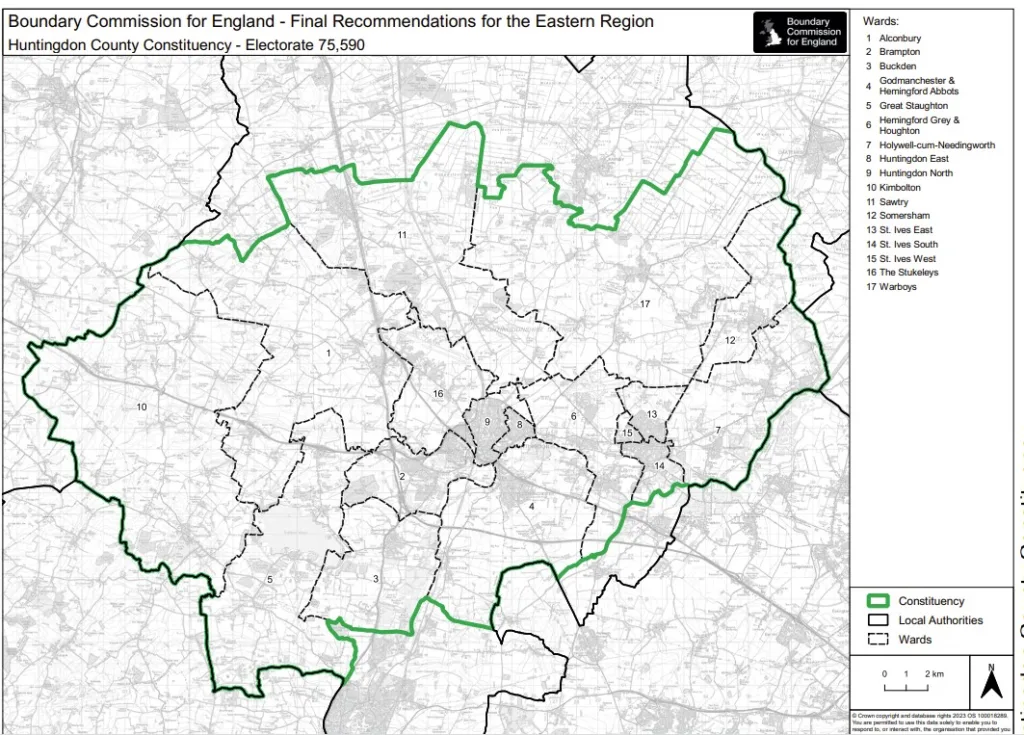
The commission says they were not therefore persuaded to alter their revised proposals with regard to ‘The Giddings’.
“Finally, we are not minded amending the name of either the Peterborough or North West Cambridgeshire constituencies,” it says.
“We consider the names of both are representative of the areas represented in each.”
The commission says it considered the representations and counter proposal received in relation to the St Neots constituency.
The counter proposal, says the commission, did not follow local government wards, would cross the county boundary, and would thereby significantly disrupt the pattern of constituencies in Bedfordshire, which had generally been supported.
“We are therefore not minded to modify the boundaries of the proposed constituency,” says their report.
“We are also not minded to modify the name of the proposed constituency, as we consider St Neots and Mid Cambridgeshire to adequately reflect the geography of the constituency.”
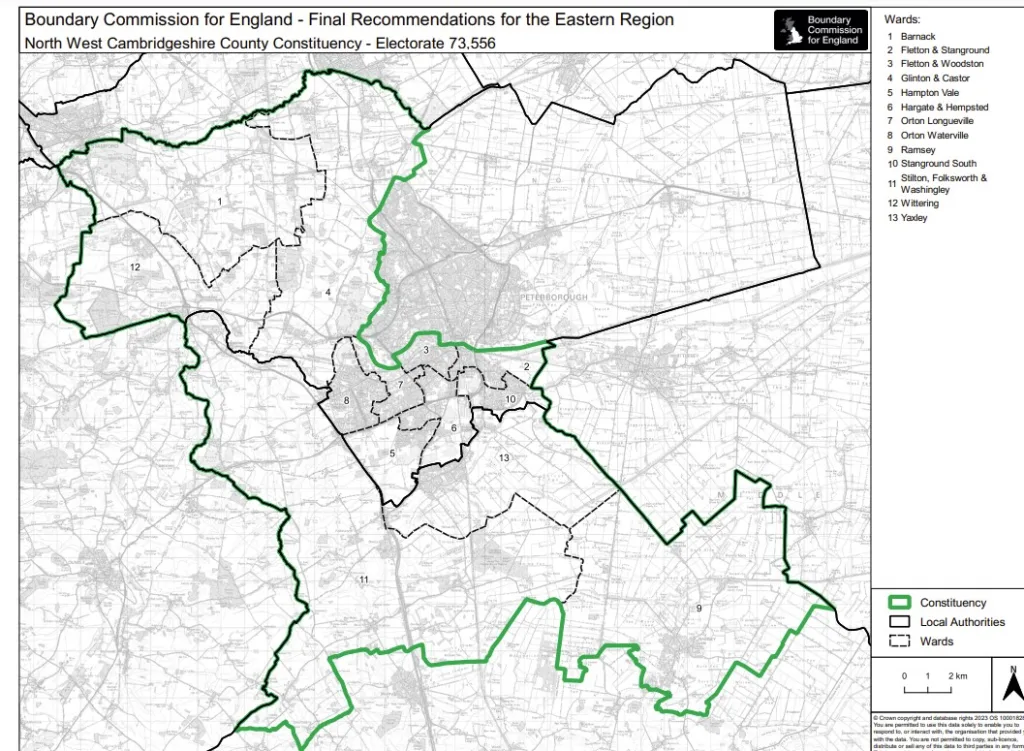
It adds: “We again noted the competing evidence received in relation to our proposed Cambridge and South Cambridgeshire constituencies, but in the absence of any persuasive new arguments or evidence being presented, we are not minded to modify our proposals.
“We consider that including the Cherry Hinton ward in the Cambridge constituency instead of the Trumpington ward would likely break community ties between Cherry Hinton and Queen Edith’s.
Other factors considered were that of the seven existing constituencies in Cambridgeshire, only Peterborough was within the permitted electorate range. The remaining six constituencies were all above the range.
Cambridgeshire was allocated eight constituencies in formulating the initial proposals and it was that which largely resulted in significant changes to the existing pattern of constituencies.
The commission says it also proposed a North East Cambridgeshire constituency, that would be coterminous with the district of Fenland, no longer including the district of East Cambridgeshire wards of Downham Villages, Littleport, and Sutton.
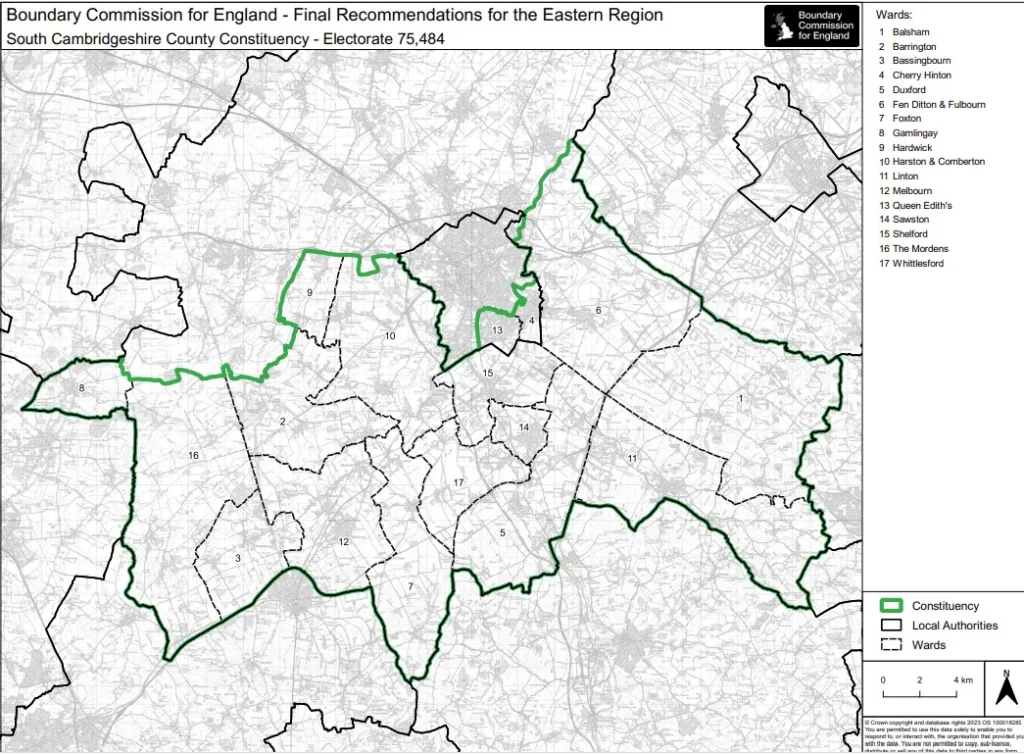
It proposed that these three wards be included in a reconfigured East Cambridgeshire constituency, along with all the other district of East Cambridgeshire wards, and the two district of South Cambridgeshire wards of Cottenham, and Milton & Waterbeach.
To bring the Cambridge constituency within the permitted range, the commission proposed that the City of Cambridge ward of Cherry Hinton be included in the South Cambridgeshire constituency, to join the City of Cambridge ward of Queen Edith’s already in the latter constituency.
In formulating initial proposals, they identified that either ward of Cherry Hinton or Trumpington could be included in the South Cambridgeshire constituency and specifically sought views on this possible alternative during the consultation on the initial proposals.
They had also proposed further changes to the South Cambridgeshire constituency, namely, to include the district of South Cambridgeshire wards of Balsham, Fen Ditton & Fulbourn, and Linton in the constituency, and transferred the eight northern wards of the district to our proposed St Neots constituency, which was also proposed to take the district of Huntingdon wards covering the town of St Neots and village of Fenstanton from the existing Huntingdon constituency.
In turn, they proposed transferring the wards of Holywell-cum-Needingworth, Sawtry, Somersham and Warboys from the existing North East Cambridgeshire constituency into the proposed Huntingdon constituency, thereby bringing both the Huntingdon and North East Cambridgeshire constituencies “within the permitted electorate range”.
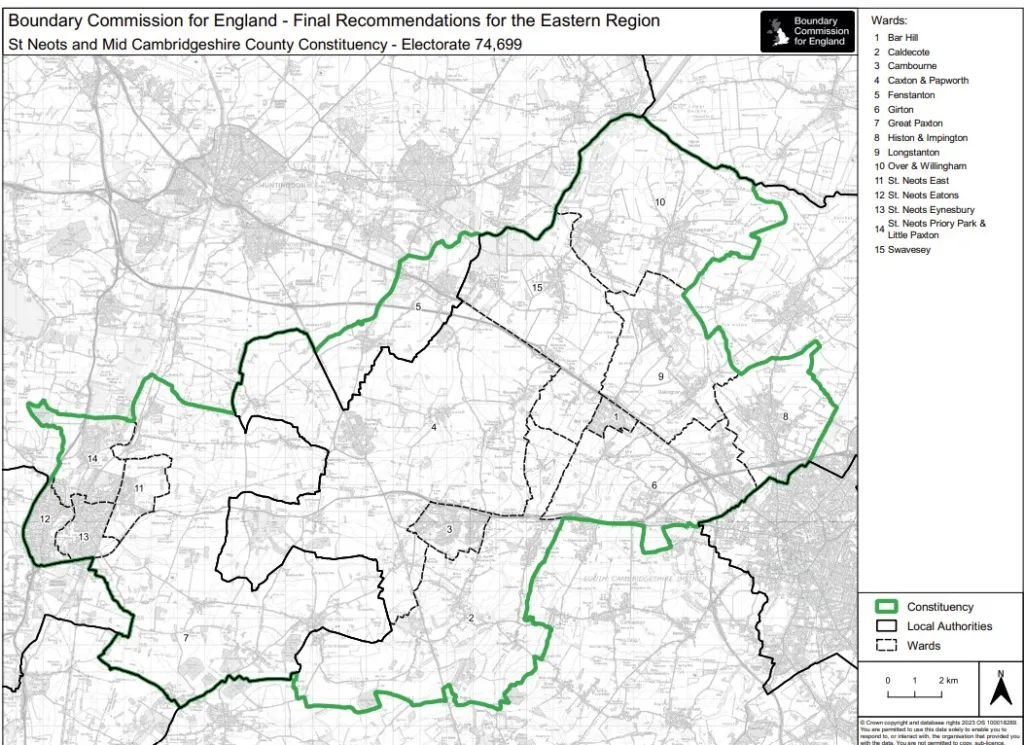
The commission says it received a significant number of representations commenting on initial proposals for Cambridgeshire. The majority of these were in regard to the proposed Peterborough and North West Cambridgeshire constituencies.
They received a counter proposal that suggested these two constituencies be reconfigured to form Peterborough North and Peterborough South constituencies.
A large number of representations were received in support of this counter proposal, with respondents citing that a constituency crossing the River Nene was not an issue.
“However, we also received a significant number of representations in opposition to this counterproposal, with respondents saying that they considered this counter proposal broke local ties in the City of Peterborough and that the River Nene provided an easily identifiable boundary,” says the commission.
“We received some other counter proposals for the Peterborough area, which generally sought to configure a more compact and urban-focused Peterborough constituency.”
Other representations commented on the proposed North West Cambridgeshire constituency. Some of these considered the constituency should be renamed to include a reference to the City of Peterborough, given the constituency included a number of electors from the City.
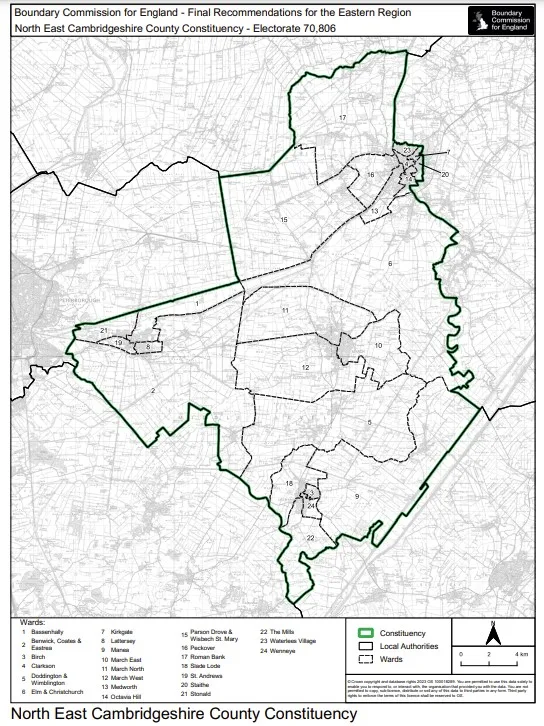
They also received some representations that considered the proposed North West Cambridgeshire and Huntingdon boundary would break close ties between ‘the Giddings’ villages of Great Gidding, Little Gidding, Steeple Gidding and Hamerton.
A counter proposal suggested dividing the Alconbury ward in order for all the above villages to be included in the North West Cambridgeshire constituency.
In the City of Cambridge, the commission received a mixture of support and opposition to initial proposals, with a number of respondents proposing alternative configurations.
There were a large number of competing representations, arguing for the inclusion of one or other of the Cherry Hinton, Queen Edith’s or Trumpington wards in the Cambridge constituency.
“While the Queen Edith’s ward is not included in the existing Cambridge constituency, some respondents considered this broke community ties in the area, particularly as the ward included local facilities and services such as Homerton College and Addenbrooke’s Hospital,” says the commission.
“Evidence in relation to strong community ties to Cambridge was, however, also received in relation to the Cherry Hinton and Trumpington wards: Cherry Hinton had a long association with Cambridge and was home to a number of cultural events, while Trumpington was highlighted as the site of significant development and therefore presented a more continuous urban character flowing from the city centre.
“We also received other counter proposals for Cambridge that proposed the City be split into two constituencies with the surrounding rural areas.”
More than 200 representations commented on the proposed St Neots constituency.
“Some of these representations were supportive of our proposal,” says the commission.
“However, we also received opposition to the configuration of the constituency, particularly that it included wards from the district of South Cambridgeshire.
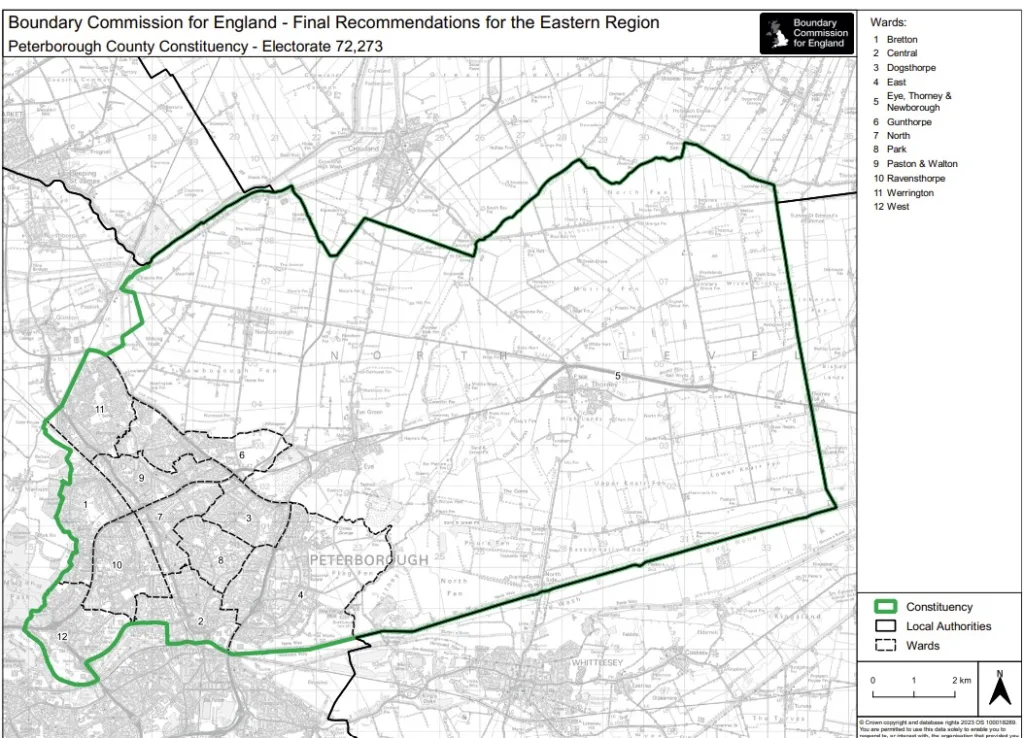
“Respondents stated that residents in these wards shared few community ties with St Neots, but instead had connections with other parts of South Cambridgeshire and the City of Cambridge itself. Counter proposals either suggested a St Ives constituency or a reconfiguration of a number of constituencies in the south of the county.
“We also received a number of representations that commented on the proposed constituency name of St Neots. Many of these considered that the name of the constituency was not representative and proposed alternatives such as Mid Cambridgeshire or West Cambridgeshire.”
Finally, the commission notes, the majority of representations received in relation to our proposed North East Cambridgeshire and Huntingdon constituencies were supportive.
“In the case of the former constituency, however, there were requests to rename it as Fenland or the Fens,” it says.
Further reflections, says the commission, considered the evidence received in relation to the proposed Peterborough and North West Cambridgeshire constituencies.
It led to assistant commissioners visiting the area.
They concluded that the alternative pattern would divide the centre of Peterborough between constituencies, breaking local ties in the city centre.
They also considered that, given the existing Peterborough constituency only required minimal change, the alternative presented significant disruption.
They therefore proposed no changes to the initial proposals for Peterborough and North West Cambridgeshire.
“They were also not persuaded to amend the name of the proposed North West Cambridgeshire constituency, as they considered this name reflected the geographic extent of the constituency,” says the report.
The assistant commissioners considered the competing arguments concerning the proposed Cambridge constituency but recommended no change to either of the proposed Cambridge or South Cambridgeshire constituencies.
On the St Neots constituency and following consultations, the assistant commissioners proposed the constituency be renamed St Neots and Mid Cambridgeshire.
The report says assistant commissioners also noted the alternative names proposed for the North East Cambridgeshire constituency but were not persuaded that the alternatives of Fenland or the Fens would be more representative.
“Our proposed Peterborough constituency again received a mixed response during consultation,” says the final report.
“Those who opposed the configuration repeated concerns that the area to the north of the River Nene in the Fletton & Woodston ward was not included in the constituency.
“We received a counter proposal to resolve this, which suggested transferring the Fletton & Woodston ward to the Peterborough constituency, and the Eye, Thorney & Newborough ward to the North West Cambridgeshire constituency.”
Finally, it notes that “we generally received few representations commenting specifically on our proposed constituencies of East Cambridgeshire, Huntingdon, North East Cambridgeshire, and South Cambridgeshire.
“However, among those, we received a representation requesting we rename East Cambridgeshire as Ely and East Cambridgeshire to reflect the prominence of the town in the constituency, and to also reflect consistency with our proposed St Neots and Mid Cambridgeshire constituency.
“There was also a request that North East Cambridgeshire be renamed North Cambridgeshire.”


